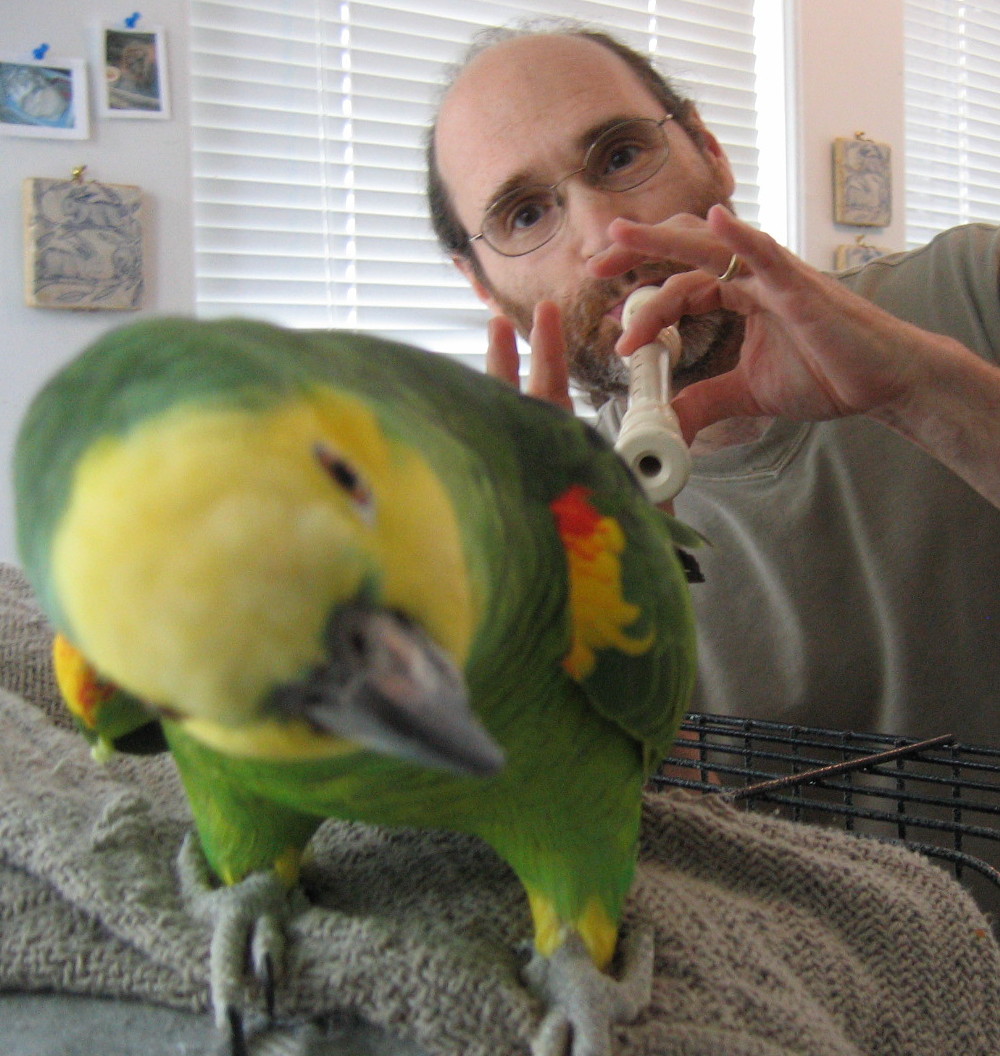Friday, February 19, 2016
"From That Little Guy in the Corner"
Companion Post for Video 3
Warming-up is not for sissies. Years ago, I was about to try some new-on-the-market trombones with a well-known brass player listening to me trying them out. I mentioned to him that I needed to warm-up for a bit before I tried out the horns and he said, "What's this warming-up stuff?" Well, that is what some people think for a number of reasons. Maybe they have a physiology that perhaps does not need to warm-up too much. That must be nice! Or they never hurt themselves playing and don't have to make sure things are in place and settled in their embouchure before they play to prevent awakening their past injury. Whatever the case may be, I need to warm-up! Period. If someone doesn't like it, who cares? I certainly don't because it is my life and this is important to me for the good working order of my trombone playing.
One time, I asked a very fine and well-known trombonist about warming-up and they said they really didn't need to. But, in the end, they said when they do warm-up, they play better. My mind thought, "Isn't that also a good reason to warm-up?" My mind also started to wonder: would this person, or others like this, not want to be in touch with the horn before playing, for example, "Bolero" or a Brahms Symphony or how about Berg "Three Pieces" or Mahler 3rd? A former student of mine, Jarred Vermett, who has been Principal Trombone of the Hong Kong Philharmonic for quite a few years now, said he played the Martin "Ballade" with the orchestra and his first notes of the day were the first notes of the solo in the concert! He said that is how he felt the freshest. My mind couldn't even imagine doing that! This is the point, know thyself. What works for one does not work for another, necessarily.
That is why I feel strongly about people who want to teach and only have one way they do things and demand that the student just do that one way, as well. The teacher is in a powerful position. Depending on how famous they are, or how known they are in their own local area, students who don't really have a grasp on themselves will seriously listen to and try to do what is 'right' by that teacher. It brings up some great questions about the student-teacher relationship. The student does need to trust and respect the teacher. The teacher also needs to have humanity and be very sensitive to when something is not working. Of course, this is after the student has given something a genuine concerted effort over a period of time. This is also a tricky point: what is a practical length of time to give something a try? Again, this responsibility might need to fall on the teacher's assessment. Sometimes, a week is enough; sometimes 6 months is not long enough. This depends on what the territory is the person is working on developing and the teacher's experience, based on their work with past pupils, and their own knowledge on the nature of the work itself.
More will be written soon! Happy contemplations!
NOTE: Video 3 is located in the previous blog post.
Subscribe to:
Post Comments (Atom)

2 comments:
Wow – know thyself! Of course! We’re all different and unique as human beings. And it implies what is indicated: to stick to what oneself know is right – for oneself (in one’s case it’s doing thorough warming-up, in another’s is not). The student-teacher relationship is a vast subject – I’m not a professional musician, but in my professional life I’m mentor for people, and I try as good as I can to treat each individual as if they were the only person existing in the world – that works for me. Anyway this post and the video is so great, thank you very much!
Norman: You sound great. I tried the glissing and it does help me in two ways, so far: it makes the partial change closer, and it helps me to keep embouchure structure more intact! With this dystonia, or whatever it is, my embouchure either wants to over tighten or collapse. No Mr InBetween for me right now! Anyway, this series is very, very helpful!
Post a Comment